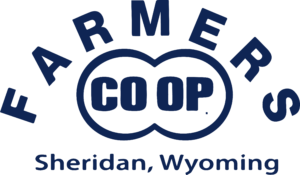Championing the Sport of Rodeo at "The WYO"
Rodeo 101
presented by Sheridan College
The Sheridan WYO Rodeo is one of the top rodeo events in the U.S. The event brings the best Cowboys and Cowgirls for performances Wednesday through Saturday nights, plus slack during the mornings of rodeo week. The sport’s top athletes often remark about how much they love The WYO — making the stop in Sheridan during a busy July rodeo schedule.
Whether you’re a seasoned rodeo fan or a newbie to the sport, the WYO is a must-see for fans year-in and year-out, thanks to the best performers, the well-run event and four nights of memorable performances.
Watch the videos below to learn more about sport of rodeo, and get ready for this year at the WYO.
Click each event to jump to video, photos, and more info!
Contestant Info:
Information for contestants at the 2025 Sheridan WYO Rodeo:
2025 Results & Day Sheets:
Monday, July 7: 1st & 2nd Go Round & Legacy
*Results posted after each performance








